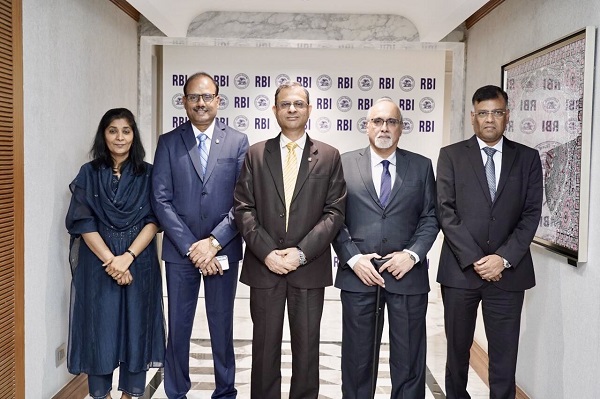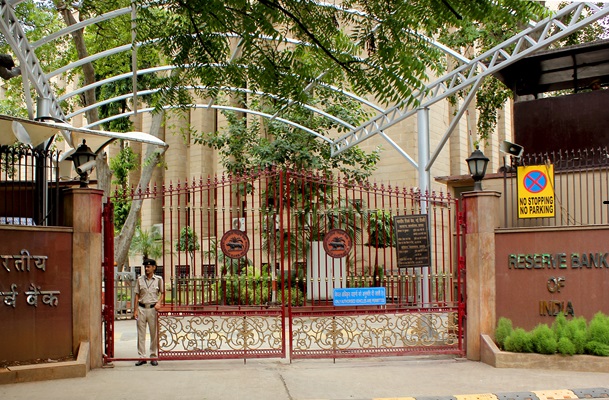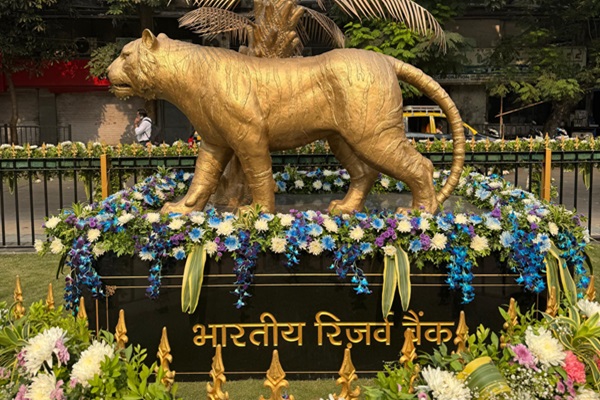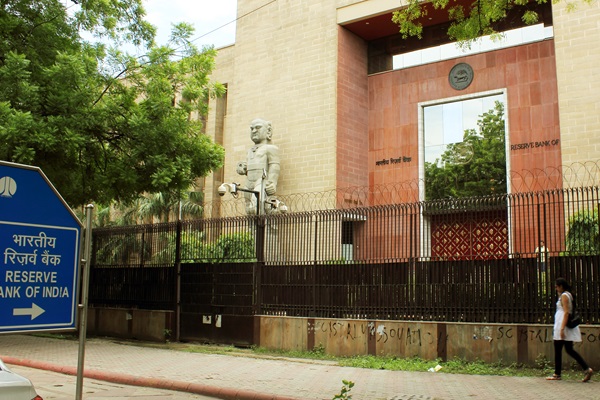.png)

By BasisPoint Groupthink
Groupthink is the House View of BasisPoint’s in-house columnists.
October 1, 2025 at 12:22 PM IST
The Reserve Bank of India once called its policy pronouncements “credit policy.”
In those days, the central bank was not just a setter of interest rates but also a direct allocator of credit, often determining which sectors would receive financing and at what cost. Over time, the language shifted to “monetary and credit policy” as liberalisation took hold, and eventually the phrase was trimmed to “monetary policy,” reflecting the RBI’s retreat from micro-managing bank lending.
On Wednesday, the RBI seemed to turn the clock back. Governor Sanjay Malhotra’s statement sounded more like a throwback to the old “credit policy,” unveiling a raft of measures to boost bank lending, while monetary policy itself was pushed into December. The message was clear: the levers of credit will be worked hard now to revive demand, even as the repo rate is held steady at 5.5%.
At the heart of this shift is the RBI’s recognition that while inflation has been tamed, growth is not yet where policymakers want it. The economy, buoyed by a good monsoon and still-strong domestic demand, grew faster than expected in the April–June quarter. But external headwinds — tariffs, trade policy shifts and global uncertainty — threaten to sap momentum in the second half of the year.
The credit boost is meant to cushion that drag.
Credit Lever
Malhotra unveiled measures that expand the scope for banks to lend, particularly to corporates and infrastructure projects. Banks will now be allowed to finance corporate acquisitions, a step expected to spur merger and acquisition activity in domestic markets. The RBI also removed the ceiling on loans against listed debt securities, and raised limits for lending against shares from ₹2 million to ₹10 million and for IPO financing from ₹1 million to ₹2.5 million per person.
Another important reversal was the withdrawal of a 2016 framework that had discouraged banks from lending to large borrowers with credit limits above ₹100 billion. That rule, meant to reduce systemic risk concentration, is being scrapped on the grounds that newer prudential frameworks such as the Large Exposure Framework now provide adequate safeguards. Alongside this, risk weights on infrastructure lending by non-bank finance companies are being reduced, lowering the cost of capital for high-quality projects.
Together, these measures amount to a conscious loosening of the reins on credit. The governor emphasised that even though bank credit growth has slowed compared with last year, overall flows of finance into the economy have been healthy, with capital markets and foreign direct investment filling part of the gap. Still, he stressed that bank credit remains a critical channel, especially for infrastructure and industry, and that freeing banks to lend more flexibly is now a priority.
Pause with Purpose
On the monetary side, the central bank struck a note of patience. The Monetary Policy Committee voted unanimously to keep the repo rate unchanged at 5.5% and retained its neutral stance. But this was no signal of complacency. Malhotra described the pause as tactical, not terminal. The inflation outlook has improved dramatically since the last review: headline CPI is now projected at 2.6% for 2025–26, down from 3.7% in June and 3.1% in August. GST rationalisation has pulled prices lower, food inflation has collapsed thanks to better supplies, and core inflation remains contained.
Growth, however, has not kept pace with aspiration. GDP growth was revised up to 6.8% for 2025–26, but projections for subsequent quarters show momentum slipping: 7% in July–September, 6.4% in October–December, and 6.2% in January–March. That profile reflects strong domestic drivers offset by export weakness. Tariff hikes and uncertain trade policy are likely to moderate external demand, even as GST reforms and rural demand provide partial relief.
The governor argued that the impact of earlier front-loaded monetary easing, 100 basis points of repo cuts since February, is still filtering through. Alongside fiscal steps such as GST cuts, the prudent course, he suggested, is to wait and watch before pulling the trigger again. The MPC wants more clarity from incoming data before it commits to further easing.
Markets, however, heard a different undertone. By stressing that policy space has opened up, Malhotra effectively made December a live meeting. In June, the signal was that rate cuts were finished. Today, the signal is that they are back on the table. Inflation undershoots have given the RBI room to manoeuvre. If growth falters in the second half, another rate cut is likely.
For bond traders, the recalibration means more than semantics. With the rupee under pressure, equities volatile, and government bond yields climbing in recent weeks, the RBI’s willingness to consider further accommodation could soothe nerves. The question is whether the central bank will back that up with bond purchases in the January–March quarter, especially as foreign exchange swaps mature and liquidity management becomes trickier.
Balancing Act
The RBI’s stance will test investor confidence. On the one hand, the inflation fight looks won, and Malhotra’s language underlined credibility on that front. On the other, growth risks loom, and the central bank’s challenge will be to ease without looking as though it is bowing to fiscal pressures or market clamour. For now, it has chosen sequencing: revive credit channels first, watch the data, then decide on rates.
The move also highlights a subtle shift in the RBI’s communication. By reviving the credit policy toolkit — easing rules for lending, cutting risk weights, encouraging acquisitions and infrastructure finance — the central bank is signalling that monetary easing is not the only lever. Credit and liquidity measures can buy time until the next policy move, and can deliver targeted support without stoking fears of inflationary excess.
In his closing remarks, Malhotra tied the day’s actions to the broader national vision of “Viksit Bharat” by 2047, the centenary of independence. Achieving that goal, he said, will require coordination between fiscal, monetary, regulatory, and structural reforms. Wednesday’s credit policy, in that framing, is a bridge — one that shores up demand now while keeping monetary ammunition in reserve.
For investors and businesses, the takeaways are stark. Credit is about to flow more freely, especially to corporates and infrastructure. The easing cycle is not finished, merely paused. And December is now the meeting to watch.
The RBI may have paused on rates, but in substance it has turned back to its old roots: this was not a monetary policy so much as a credit policy, one designed to keep the economy ticking over until the time is right for another cut.
Also read:
RBI’s Insulated Optimism Jars with Ground Reality
RBI Breaks Old Orthodoxy with Regulatory Measures
RBI Reopens the Door to Accommodation
Banks Poised to Challenge NBFCs As RBI Unshackles Restrictions




